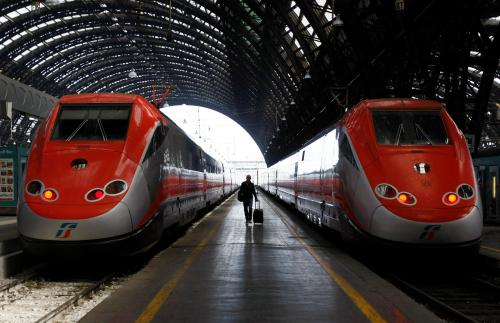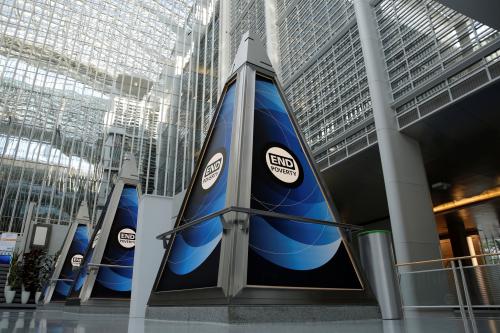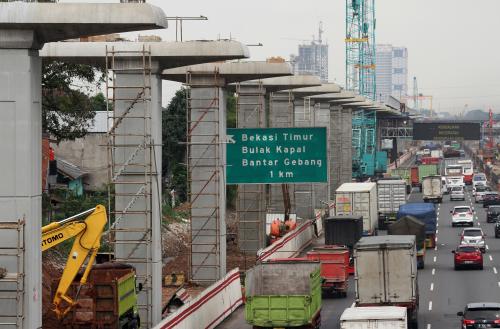Werner Hoyer, president of the European Investment Bank, is convinced that, with a paradigm shift and a prudent balancing action between subsidiarity and solidarity, the European Union will survive and thrive in the coming years, despite populist opposition.
In a talk on “Europe today and in the future” on April 21, Hoyer explained how the EIB, the European Union’s bank, uses its lending, blending, and advising to boost investment and foster enduring growth.
As the EU faces an institutional turning point and grapples with Brexit, migration, slow growth, and other quandaries, investment continues to worry policymakers and bankers like Hoyer.
To frame his talk, Hoyer described the hangover left from the Great Recession and why getting investment back up, even in the context of high liquidity and close to zero interest rates, is so challenging. He spoke of the need for a financing mix that matches the risk and balance sheet profiles of firms so that growth can be kick-started.
GLOBALIZATION BACKLASH
In the drive for a achieving a degree of financial stability across the EU, Hoyer said, the costs to common citizens in Europe have too often been overlooked, which has contributed to a current anti-globalization mindset.
Hoyer warned that the challenge of youth unemployment will loom ever-larger and that a lack of social mobility for many could fray Europe’s social fabric. He noted the remarkable moment at Davos when Chinese President Xi Jinping defended globalization just a day before U.S. President Donald Trump’s apocryphal “America First” inaugural address—proof positive that political uncertainty is omnipresent:
HOW THE EIB MOBILIZES AND LEVERAGES
Hoyer turned from global politics to focus on the EU’s future and on the need for a more unified approach to promoting investment, something laid out in the European Commission’s recent White Paper on the future of Europe.
Hoyer explained the EIB’s ownership, balance sheet, and strategy for leveraging capital. He stressed that the quality of projects, as well as the reputation of the bank’s in-house engineers who scrutinize any investments is essential.
Despite abundant liquidity and interest rates close to zero in Europe and “big capital institutions swimming in money,” Hoyer said attracting funds to long-term investment projects remains difficult. This is due in no small part to risk concerns, which for a long time were an obstacle to “better spending” by the EU.
The EIB managed to turn this around and push ahead with the Investment Plan for Europe, also known as the Juncker plan, by shifting from the use of certain EU funds from subsidies and grants to guarantees and loans. Hoyer said this shift “did the trick” and narrowed the investment gap within the EU, although he acknowledged that it was important to continue to improve metrics of additionally of the investments to satisfy critics.
The amounts the EIB mobilized to close the EU’s 700 billion euro investment gap were impressive: With 16 billion euros in budget funds, 5 billion euros in EIB reserves, plus a capital base of 21 billion euros, the bank attracted 350 billion euros in investments within three years.
Hoyer added that, with the EIB widening its remit to take on support for the sustainable development goals (SDGs) and global climate change targets, that investment gap is once again widening.
ON MOVING FROM BILLIONS TO TRILLIONS
During the conversation segment, Global Economy and Development Co-Director Homi Kharas asked Hoyer whether the EIB has lessons for international financial institutions and multilateral development banks as they strive to move from billions of euros in financing for the SDGs to trillions. Hoyer cautioned that no simple templates for success exist and he noted that certain “bad products” that had been floated in the markets earlier may have left some investors skeptical. He said that an effort to build greater confidence is needed. But on one point, he was clear; the EIB experience shows it is possible to scale up investments rapidly under the right conditions.






Commentary
Out of the danger zone and toward more robust investment: Can the EIB deliver?
May 3, 2017